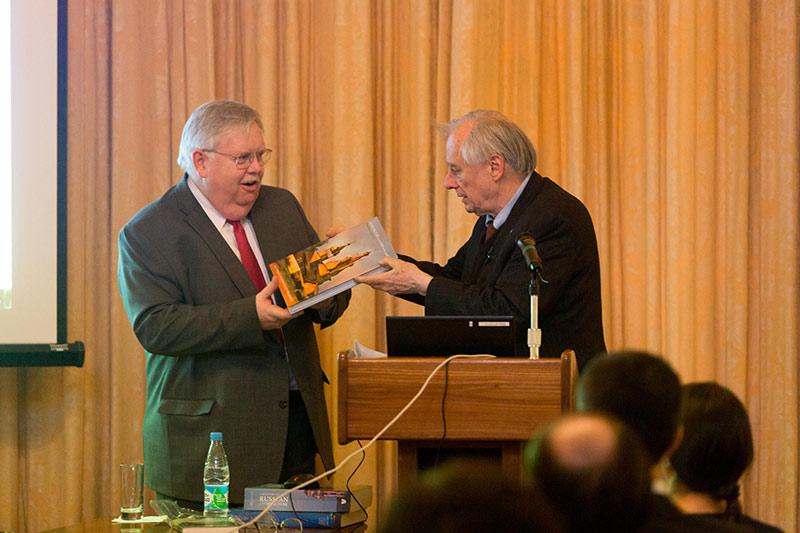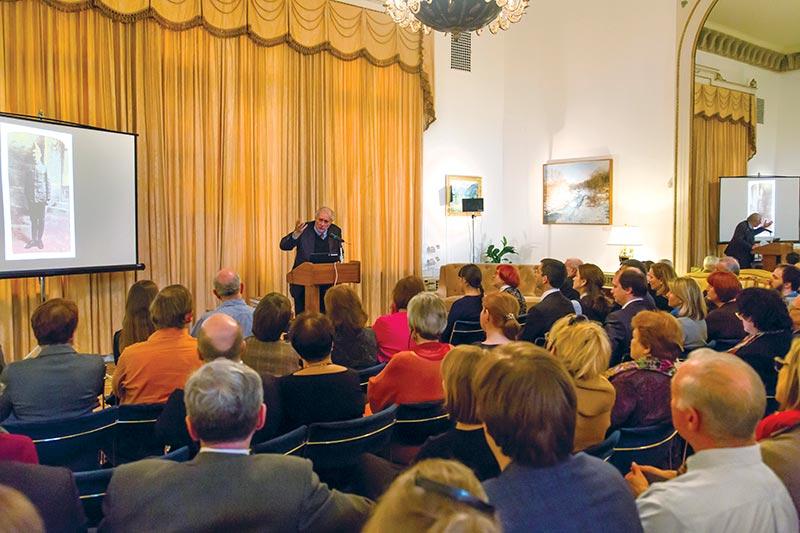Photographer at the end of the earth
Certain cultures seem drawn to their ruins, their relics, their ghosts and their shadows. Russia is one such culture. The American South is another. Russia also has in common with the South the feeling that, as William Faulkner put it, “The past is never dead. It’s not even past” (Requiem for a Nun). Especially during my work in the Russian North, Russian friends and colleagues there often commented on similarities between their attitudes and what they interpreted as my Southern spirit of respect for tradition and cultural legacy.
But my connections between Russia and the South were still deeper. My father, who was born in 1895 near a hamlet north of Lake Pontchartrain on the Mississippi-Louisiana border, was the first person I knew who had seen Russians, and in a very improbable way. In 1918 he served in the Sixth Marine Regiment as part of the American Expeditionary Force in France. Toward the end of that year he encountered Russians who had been part of a little known but sizeable Russian contingent in the French Army on the Western Front. He never forgot the experience. He told me that the Russians were our allies, that we would never fight them. This was an unexpected statement from a Southerner in the early 1950s at the height of the Korean War, but it played a role in my decision to explore the space of Russia.
Decades and many books later, my work as a photographer and architectural historian has been met with acclaim throughout Russia. Russian colleagues have created sites devoted to my work. And recently I was honored by a 10-day Russian lecture tour arranged by the U.S. Embassy in Moscow and the U.S. Consulate in Ekaterinburg, with support provided by Project Harmony International. The tour opened with a lecture for the Spaso House Speakers Series at the residence of the U.S. Ambassador to the Russian Federation. Ambassador John Tefft introduced the lecture. A number of other lectures followed, not only in Moscow but also the Urals cities of Perm and Yekaterinburg, where I gave two lectures at the Boris Yeltsin Presidential Center. Russian audiences seemed especially interested in my descriptions of growing up in the South and the role of Russian literature in my early education.
Gratified by the warm Russian response, I am convinced that culture serves as a bridge between our two great countries.
I am convinced that culture serves as a bridge between our two great countries.
William C. Brumfield
William C. Brumfield is professor of Slavic languages and Sizeler Professor of Jewish Studies in the Tulane School of Liberal Arts. For almost five decades, he has documented Russian architecture and culture through his photography. He has published 37 books (25 have been published in Russian). He has been elected to both the Russian Academy of Architecture and Construction Sciences and the Russian Academy of Arts—recognition that no other American has received. The Library of Congress and the Image Collections of the National Gallery of Art in Washington, D.C., have collections of Brumfield’s photography available on their websites.
This story originally appeared in the June 2017 issue of Tulane magazine.


